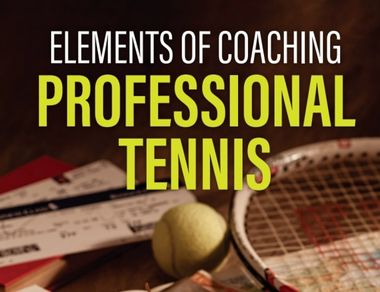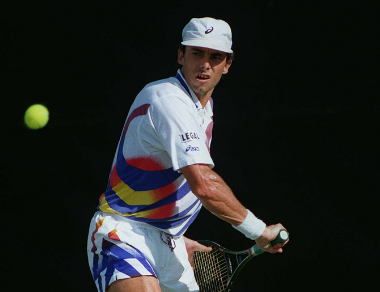We can research and collect data, implement training programs and plans to respond to the assessment analysis. We can observe and reassess to note the changes in the players physical characteristic variances from past assessments. However, what are we doing about monitoring the players physical condition regarding recovery, good health and well-being?
- Has your player physically recovered from their previous training session / match / tournament / tour?
- How do you know? Are we guessing they are ok because they said they feel ok?
- How can you be sure? or let’s say, more accurate in your evaluation the player is ready for whatever session/s you have planned to do for the day.
There are many recovery strategies now available (see chart below) to professional player’s on tour as sports science has become a significant contributor to the professionalism of player performance and repeating performances week after week as the excitement of tennis matches continue to bring new highs year after year in skill and physical attributes. But how are we measuring if a player’s body has recovered? Could they be getting fatigue, stress and possible illness (cold & flu etc.) symptoms that have not been picked up earlier enough to enable adjustments to be made to their daily training regime. Because if not, some players match performance, concentration, decision making and physical performance on court may very well be impacted negatively.



